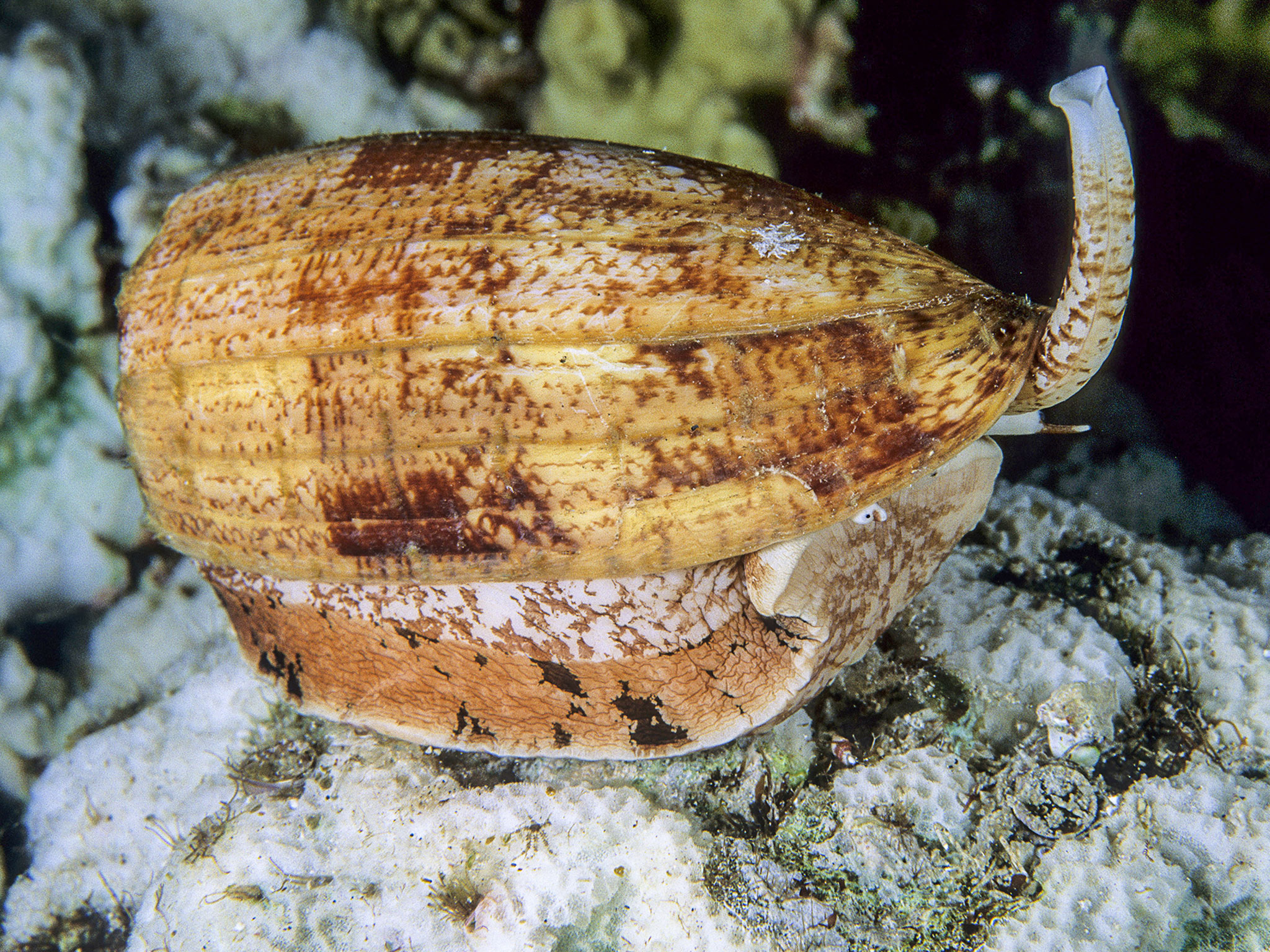

A new study led by scientists at the University of Utah discovered a toxin in the geographic cone snail that mimics the human hormone somatostatin, which regulates blood sugar and hormone levels in the body. The toxin ‘consomatin’ functions similarly to Somatostatin by interacting with the same protein as this hormone does. While this human hormone interacts with multiple proteins, what makes the toxin effective for diabetes and hormonal illnesses is that it only impacts hormonal and blood sugar levels, not other molecules. The study’s first author, who referred to cone snails as “good chemists,” also stated that consomatin does not act alone in cone snails. It works with another toxin that functions similarly to insulin, lowering the prey’s blood sugar levels to the point when it becomes unresponsive.
Find out more about the research at
Ho Yan Yeung, Iris Bea L. Ramiro, Daniel B. Andersen, Thomas Lund Koch, Alexander Hamilton, Walden E. Bjørn-Yoshimoto, Samuel Espino, Sergey Y. Vakhrushev, Kasper B. Pedersen, Noortje de Haan, Agnes L. Hipgrave Ederveen, Baldomero M. Olivera, Jakob G. Knudsen, Hans Bräuner-Osborne, Katrine T. Schjoldager, Jens Juul Holst, Helena Safavi-Hemami. Fish-hunting cone snail disrupts prey’s glucose homeostasis with weaponized mimetics of somatostatin and insulin. Nature Communications, 2024; 15: 6408 DOI: 10.1038/s41467-024-50470-2